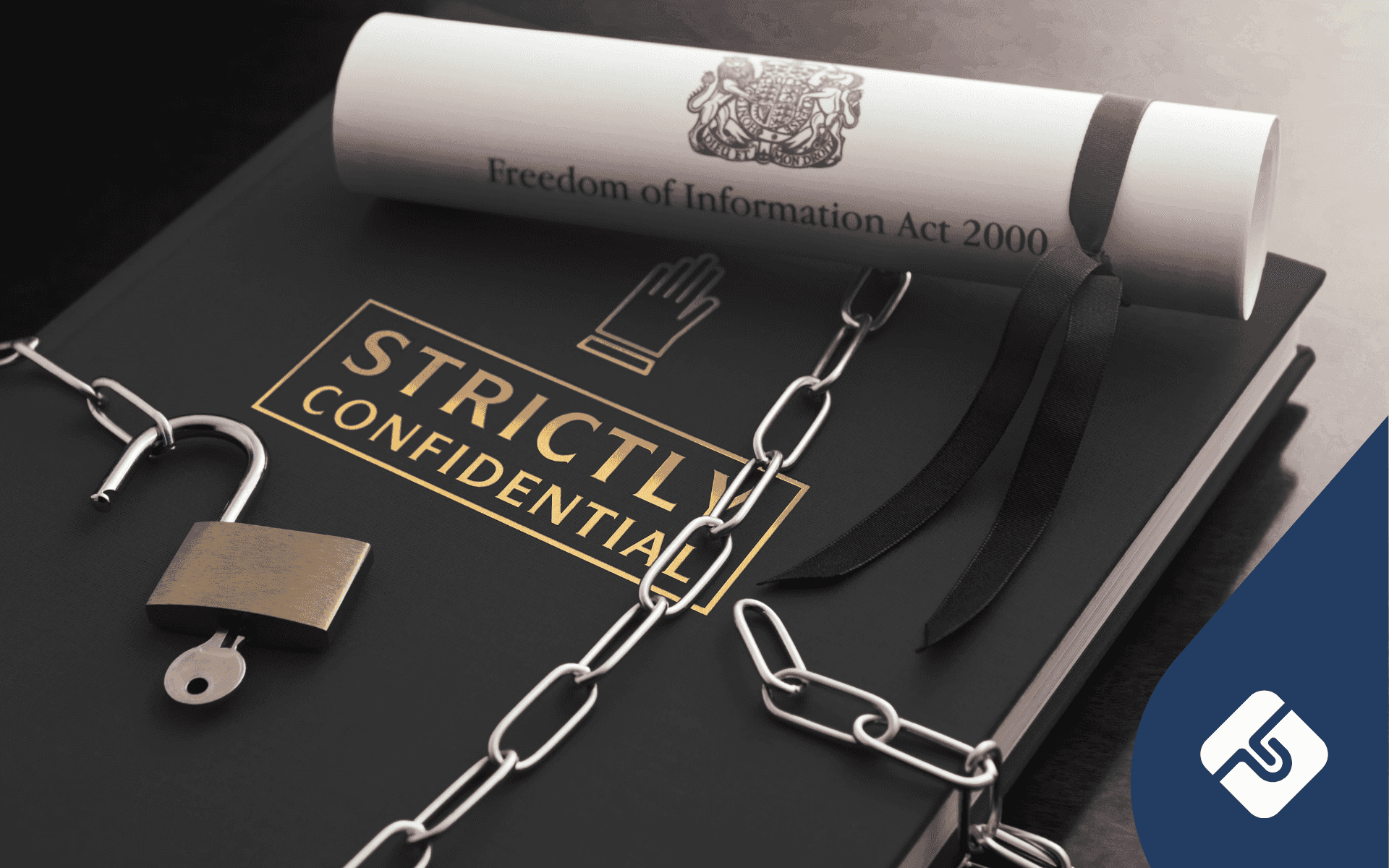You might’ve heard the terms OHS (Occupational Health and Safety) and WHS (Workplace Health and Safety) thrown around with no exact idea of what they mean. Essentially, they’re terms for the same thing – being concerned with the welfare and health of people whilst they’re at your workplace or throughout their employment. This applies to employees, customers and the general public.
The Purpose?
Everywhere we go there is are going to be some form of hazard. These hazards exist in workplaces too, specifically where it is the employer’s responsibility to minimise and /have adequate safety precautions in place to prevent them. Having a “safe system of work” is not only an employer’s legal obligation but a basic standard of safety for all employees and customers across Australia.
What does it Include
You will have obligations to provide a safe work environment for all involved which includes the premises, machinery, materials and general systems of work. You are also obliged to provide clear information, instruction, training and supervision for the systems in place for all employees.
One basic example of OHS systems and procedures could simply be displaying signs in a warehouse to show employees how to correctly and safely lift or move heavy boxes. It could also include clear instructions or training on how to properly operate potentially dangerous machinery.
Some other policies that should be in place are a Return to Work Policies, a Drug and Alcohol Policy and for a bigger list see here.
The Process to Implement OHS Systems
1. Identify the hazards
You need to be aware of and pre-empt all potential hazards in order to maximise the safety in your workplace.
2. Assess the risks
Consider how serious and likely the potential harm is to occur
3. Control the risks
Utilise the most efficient and effective measures
4. Review control measures
Revisit your solutions to the hazards and evaluate if they are adequately working making changes to tighten the safety measure where necessary.
What Will it Mean for You?
As an employer, not only will these workplace systems help to retain your valuable staff, if you do not have these systems in place it could leave you open to fines or negligence claims for any accidents occurring at your workplace.
Unsure where to start? Contact a LawPath consultant on 1800LAWPATH to learn more about customising legal documents, obtaining a fixed-fee quote from one our network of 600+ expert lawyers or any other legal needs.






